Home & Living
Landscape Architect Kevin Gaughan Creates Gardens That Reflect the Owner’s Needs
The owner of FORM Garden Design focuses on the collaboration between the landscape, the client, and himself.
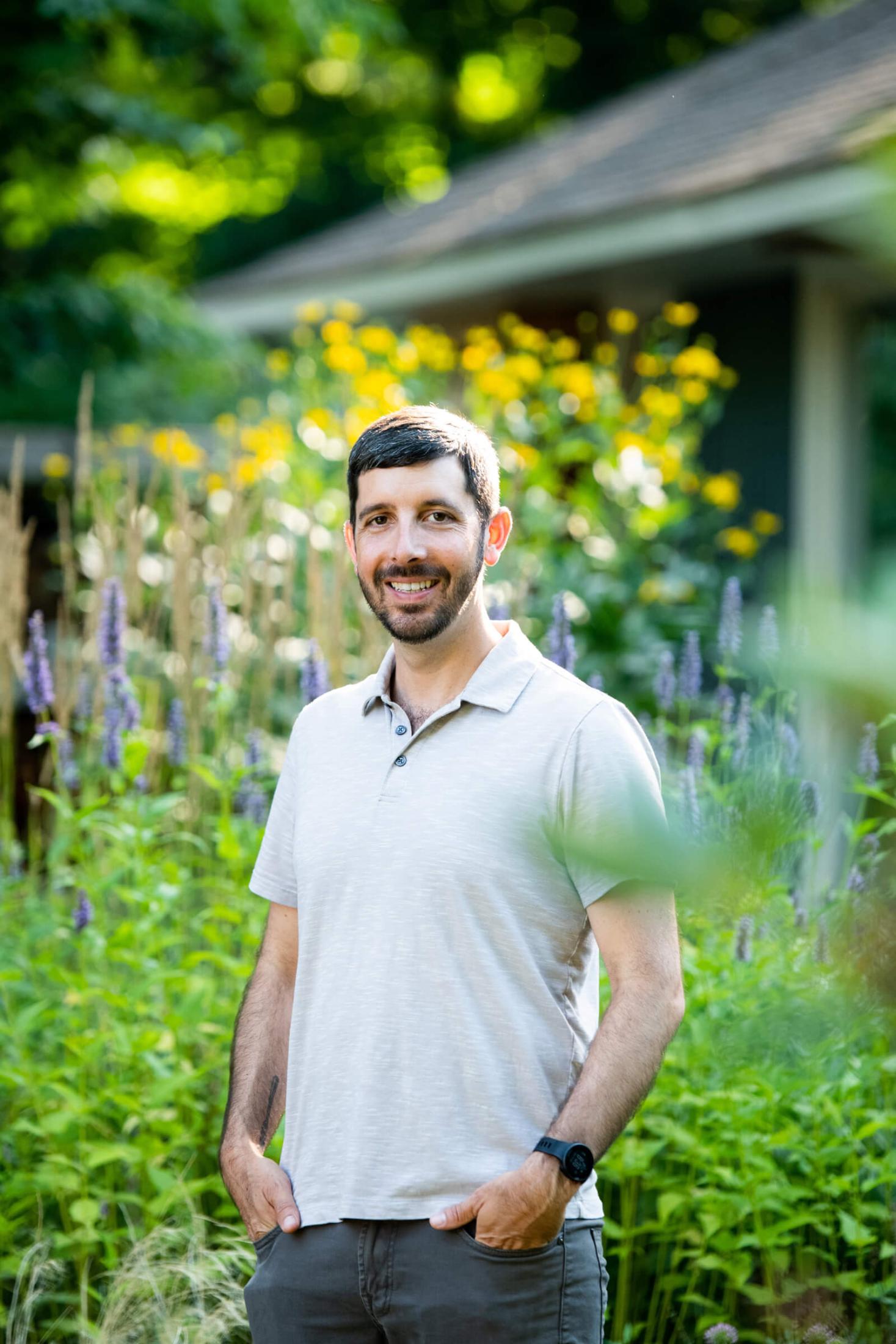
Growing up in suburban Connecticut, the son of urbanite parents originally from Philadelphia, Kevin Gaughan spent his summers in a patch of forest behind the neighborhood cul-de-sac.
“I basically spent my childhood in those woods, in a kind of constant exploration,” says Gaughan. “I’d meet my neighbor from across the street at nine in the morning, we’d go into the woods, and we’d come out at dinnertime.”
He was an early entrepreneur as well, mowing lawns from the age of 14 and running whole crews by the time he was 17, and a dancer who trained from second grade on in disciplines from tap to jazz to ballet and hip-hop. (He continued both mowing and dance through college.) His father loved to draw and passed that skill to his son; his mother loved jazz and would take him to shows.
Those early experiences laid the foundation of his appreciation for nature, his understanding of the mechanics of garden installation and maintenance, and his sense of aesthetics. All are important building blocks for his nascent company, FORM Garden Design, which he began in April 2021. After attending the University of Maryland, Gaughan took positions in Annapolis, though he settled in Baltimore where his wife already owned a home in Locust Point.
“There are other landscape architects out there who are more cerebral than I am, who have better book knowledge, if you will, when it comes to design,” says Gaughan. “I’ve always thrived more on the experiential side. And I think I have this diversity of experience . . . that has given me a very large well to draw from and gives me a good intuition when it comes to the form of a garden.”
Like another well-known landscape designer, Frederick Law Olmsted, Gaughan also travelled extensively. After college, he toured 12 countries in Europe over three months.
“That exposed me to a history of gardens and landscapes in a very tactile way,” he says, “and gave me a sense of the longevity of gardens and yet how they can also be constantly changing.”
Between jobs he took a year off to travel around most of Latin America, where he solidified his understanding of the connection between humans and the land, particularly as it relates to the environment.
“Coming out of school, sustainability was a very big topic, but it was focused on things like stormwater management,” he explains. “Traveling through Latin America, I really understood sustainability in the context of how humans can learn to live and thrive, and how they can interact with the land.”
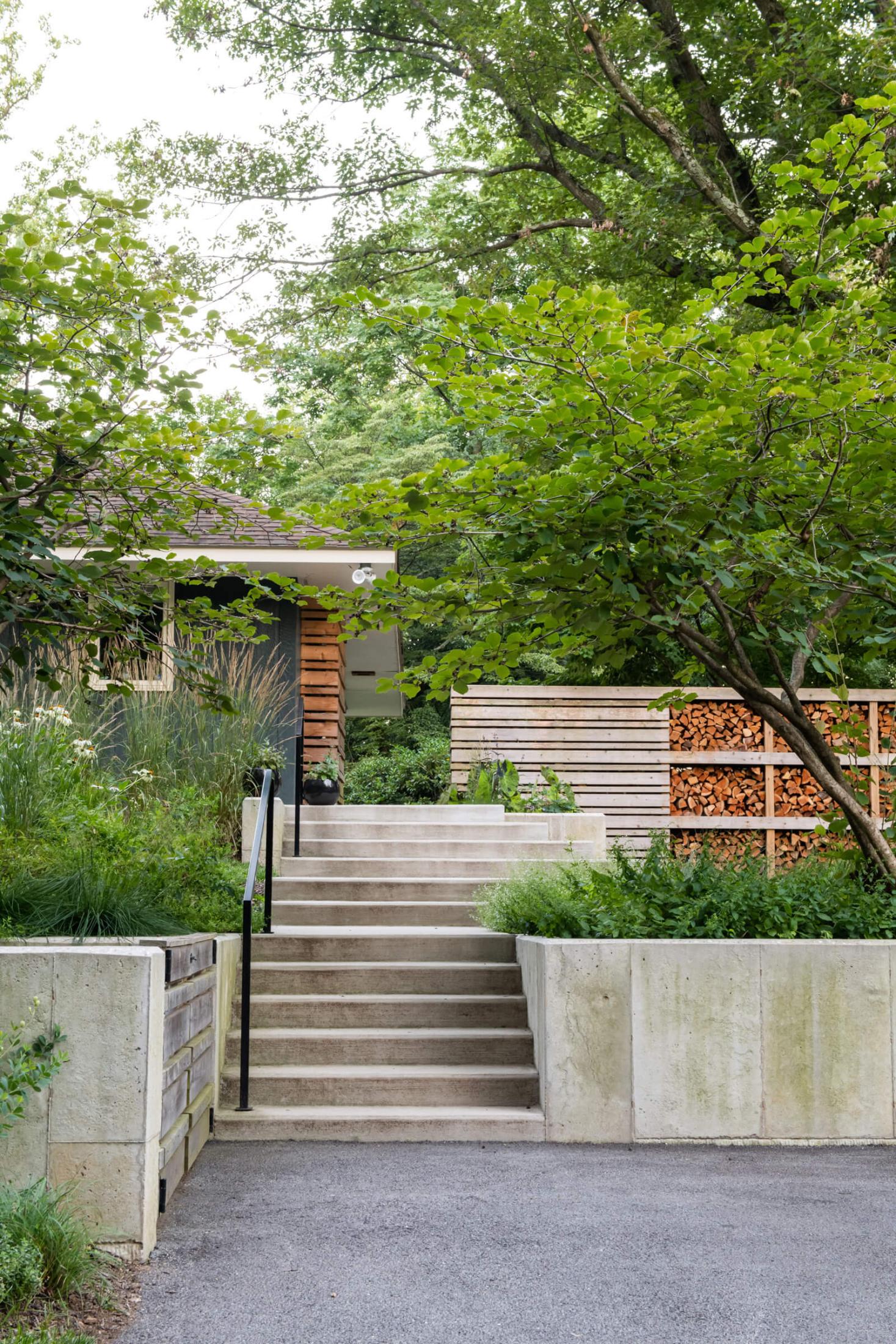
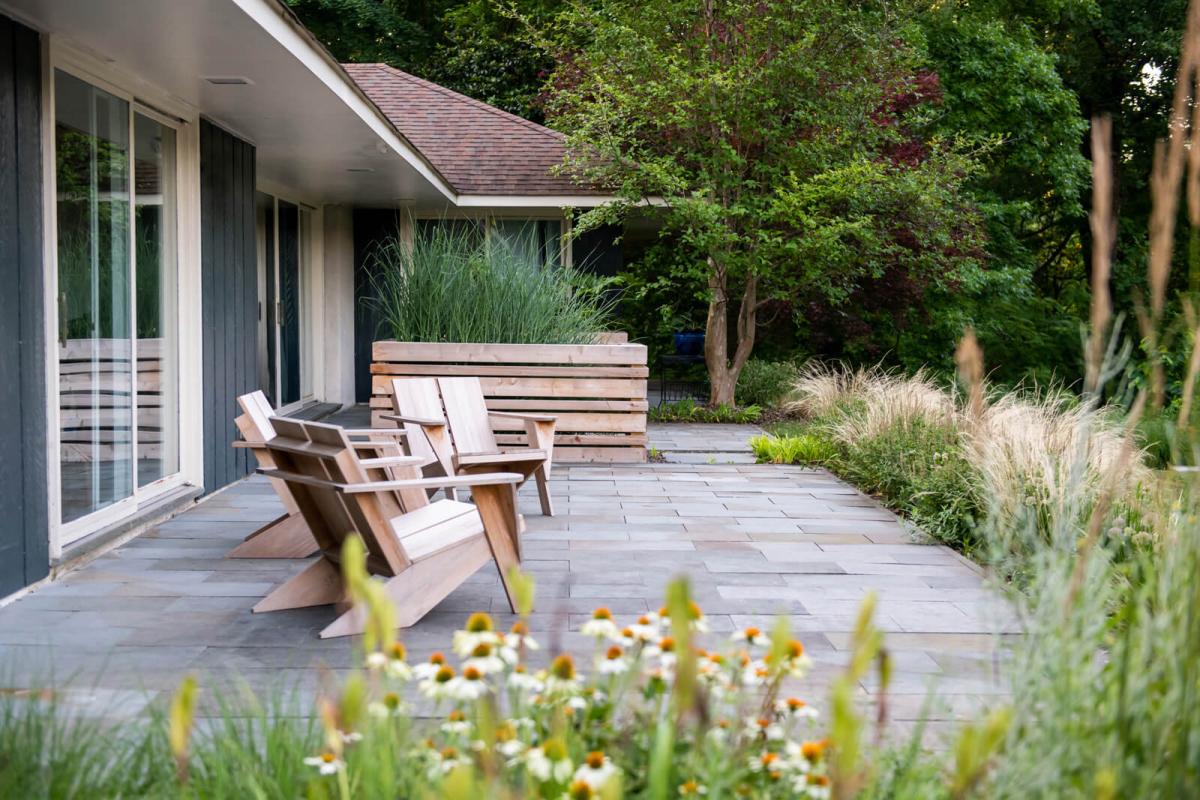
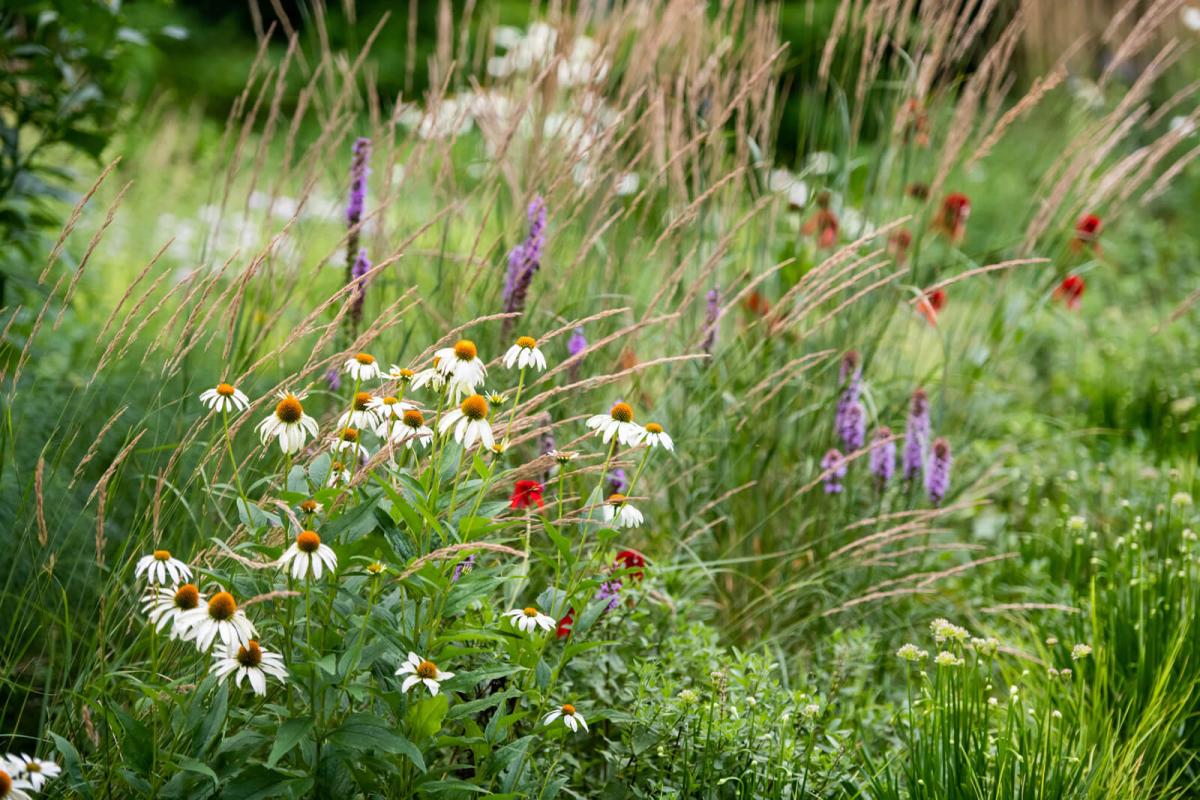
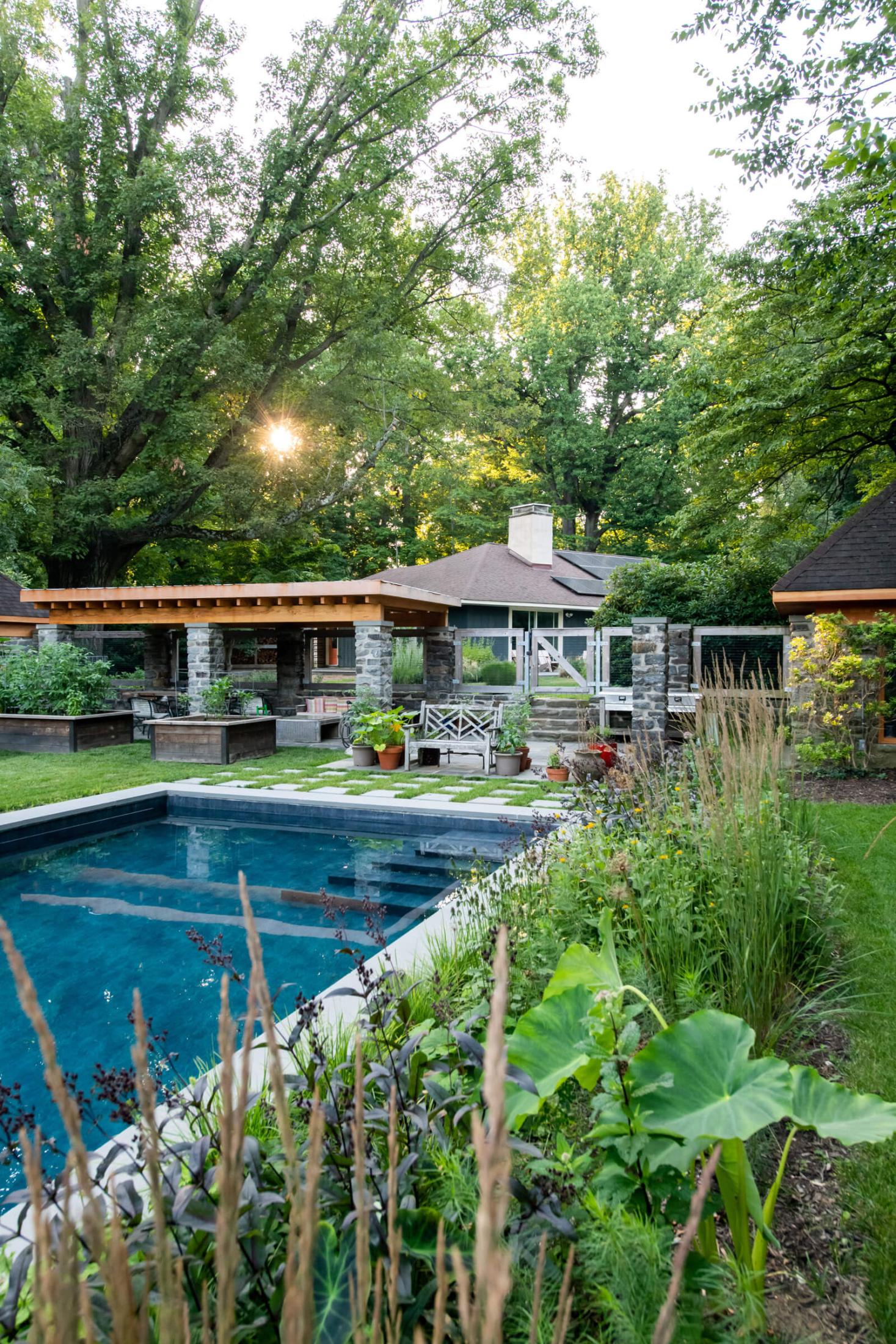
Although FORM is barely two years old, Gaughan is already designing exceptional gardens throughout the Baltimore area, landscapes that reflect the owner’s needs, the architecture of the home, the requirement of the site (sun versus shade, sloped or flat, urban or suburban) and Gaughan’s own interest in habitat creation and use of native plants when possible. The company is also a chance for him to return to that which he enjoyed most in his early years as a landscape architect: relationships with clients.
Gaughan’s résumé is a veritable who’s who of landscape design. After attending the University of Maryland for landscape architecture, he took a position with Graham Landscape Architecture, the firm founded by Jay Graham (now principal of Moody Graham), who has had a marked influence on garden design in the region.
“He has a strong passion for understanding the land and letting the land speak to you rather than forcing your design ideas onto the land,” says Gaughan. “That’s stuck with me.”
His next position was at Campion Hruby, led by Kevin Campion, known for his ecologically balanced designs and acumen with plant selection, and Bob Hruby, who descended from the prestigious firm of Oehme, van Sweden & Associates, known for founding the “New American Garden” design style. While these positions gave Gaughan irreplaceable experience, as his career advanced, he was doing more management of people and less actual garden design.
“I really love the relationship with my clients. Collaboration is a very important part of my design process,” he says. “So are relationships with the architects and engineers working on projects—even my relationship with the gardens themselves. When I was thinking about what FORM Garden Design would be, relationships were really at the forefront.”
The relationship with the client and also the architect, who was building a barn on the site, was paramount to what Gaughan calls his “favorite project of all time.”
Located in Baltimore, the St. George’s Road project had pre-existing structures, old site walls, a steeply sloping driveway, and a pool, and needed a recreation space for kids. The garden design became an organizing element that drew the fractured landscape into a cohesive whole. He took care to preserve an ancient oak while the owner let him go “a little crazy with the planting,” filling the space with a host of flora: native grasses, Echinacea, Russian sage, alliums, Salvia, Agastache, and much more.
The garden’s owner, Beth Foxwell, says Gaughan provided them two photos early in the process and asked them to discuss what they liked and disliked in each.
“It felt like a personality test,” she says. “It was very effective early on to establish what we liked.”
She describes Gaughan as a good listener with a designer’s eye, able to deliver on their vision. But, she adds, “he dreamt bigger than we could’ve ever imagined and led us to something spectacular.”
Foxwell says Gaughan has grown into a friend and the garden has evolved to have something of interest in every season. “The garden brings you out of the ordinary and into the moment,” says Foxwell. “Every day there is something new to enjoy. Watching the garden change from season to season allows us to live more in touch with the rhythms of nature.”
Gaughan is intentionally keeping FORM small so he can have these close connections with projects. When he works with a client, he underscores that the garden should be an extension of the home and designed to be interesting throughout the year.
While he says he’s not a “native purist,” he does look for adaptable plants and those that encourage pollinators and habitat creation. Yet this beautiful, layered, intentional type of design does not come without the need for care and attention. Education is a large part of Gaughan’s design approach, particularly when he hears the oft-shared request for a low-or-no maintenance garden.
“People want something pretty to look at. They’ve seen pictures, particularly of these more wild gardens—the Highline has had such an influence on our profession and people’s perspective on what is beautiful—but nobody wants to actually engage with the garden in the way that’s necessary to maintain those landscapes,” says Gaughan.
“I think caring for your garden is the fun of it,” he continues. “An important goal for me is not only educating my clients, but also the public about the importance of gardens and garden design and the benefits of being engaged with gardens. I don’t want maintenance to be a dirty word anymore.”
He’s also committed to teaching a new generation of landscape architects and bringing back an old-fashioned tool to serve young designers: the apprenticeship. A student just out of school can join his firm for two years, gain hands-on experience harder to come by at a large corporate firm, and then take that experience forward on their career path. It allows Gaughan to keep his staff small while contributing to the larger cause of education in the industry.
Ironically, Gaughan’s urban location does not allow for him to have his own garden (though he does put on a display with potted plants). However, he is a member of the Locust Point Community Garden a few blocks from his home, where he tends a small vegetable plot, often with the help of his two daughters, ages seven and three. He’s also planted and maintains several perennial beds along the edge of the garden that attract vital pollinators.
While projects like New York’s Highline and the time we spent at home during COVID-19 lockdowns may have piqued people’s interest in a more meaningful engagement with the natural world, Gaughan says it’s often after the installation is complete and a client is living with and in the landscape, perhaps years later, that the magic happens.
“It’s amazing how many times I get emails or calls or texts from clients after a garden has been planted saying, ‘Oh my gosh, look at what just came up,’ or, ‘I never thought this would be so big or look like this,’” he says. “They’re experiencing the garden, they’re learning, and it’s become personal to them.”